11.01 7 in 7
Statement of Intent Draft
How is our relationship with objects defined? Such a question renders an elastic, yet evasive answer. In our everyday lives, we’re surrounded by objects. Some objects, such as phones,
wallets, and headphones are utilized frequently, day after day, and we keep these items on us at all times. Our dedication to these objects are unwavering, on occasion prompting us to go
out of our way to retrieve them if misplaced.
Yet, there exists another class of objects - that of the forgotten and neglected. These objects manifest themselves in broken possessions, disposable containers, and old versions,
amongst many others. Their primary use had either been achieved, unachieved, or has become unachievable.
In this relationship, we see objects and how they apply to our lives, but we hardly consider the opposite. I’m left wondering, what voices do these objects possess, and in particular,
the voices of those who have been forgotten and neglected? And if they possess voices, how do we receive them, and in turn, how do they receive us? It’s time we build consensus into
this skewed relationship.
Day 1 - It's Not You, It's Me
The first prototype begins with an exercise in empathy and humility. In this scenario, I imagine 5 objects having to confront their owner about a change in their situation. For this
prototype, I made use of Cleverbot in place of the human, and myself as the object, dynamically reacting to the responses.
The first scenario is centered around a pair of headphones. It sensed its owner was trying to get rid of it, and decides to confront the owner about it. The owner remains unphased about
this confrontation.
H - "Oh. Why are you confused?"
O - "I just don't understand exactly why you believe we should part ways?"
H - "What do you not understand?"
O - "I thought we had a good thing going. You've had me for over 2 years. Does that not count for something?"
H - "I am the one that is the best of luck with the following week, and I am a beautiful and I will not receive the item."
O - "Here you go again. You're speaking nonsense so you can avoid the topic."
H - "Actually you're the one speaking nonsense"
The second scenario is about a chair that’s received a scratch. The owner has had this chair for 5 years and has weeped over the accident. Ultimately he decided to get a new one
since he prizes looks over sentimental value.
O - "You can pretend to not understand what I'm saying. But it doesn't matter. I know you've been out looking at new chairs."
H - "What don't I understand?"
O - "I think this is hard for you. And I want it to be. I've been so supportive these past 5 years."
H - "Why do you like me?"
O - "I like you because you're gentle. You always mae sure to tighten any screws the moment they come loose. You wipe me down when something dirty ends up on me. I remember the time
you told your friend.."
H - "I like you because you are funny and you don't need to know wjo I am."
O - "I do know who you are though. And I'm surprised you're thinking of throwing me out."
The third scenario follows a pen. In this scenario, the pen seems to understand the owner’s decision to get a new one with more ink. All the pen wants to know is how long it has left
before it’s tossed.
H - "I don't know what to say anymore."
O - "You're coming up with excuses to get rid of me. I see the next me on your desk."
H - "Look up holo on google."
O - "No. I want to talk about this. You have a replacement for me. When I run out of ink, you'll just toss me."
H - "Give it up already. Let's discuss the unfair cancellation of Firefly."
O - "I can't say our relationship was ever easy. Nor did it ever make sense."
H - "I know. I feel like people feed you a lot of nonsense."
O - "Me?? The shit you write down on paper in your ''''diary''''."
H - "Because I'm not smart."
O - "At least you see that in yourself."
H - "What hurts you?"
O - "Look, I understand I need to go. It happens. I dry up, and you look for the next."
H - "Then how are we going to communicate if we don't understand each other."
O - "But we do understand each other. Let's not push the inevitable."
The fourth scenario features a computer of unspecified longevity. It’s old and quite slow at this point in its life, often requiring drawn out waiting periods before it responds. The
computer recounts what little it can remember, and calmly asks for a dignified disposal.
O - "I still remember when youuuuu opened up my lid."
H - "Oh how we laughed an laughed."
O - "Yes, I remember that as welllllll."
H - "No you don't cause it never happened."
O - "Am I forgetting again? My memory has beennnnn leaving me."
H - "No."
O - "Do I stttttill have that Intel sticker on me?"
H - "Please don't! I need you!"
O - "I neeeeeed you too. but i knOw hooow this ends. mY battery is low and my video card no longggggge."
The fifth, and last, scenario looks at the conversation between a mug and its owner. The mug reveals how it ended up with a crack, and repeatedly begs for the owner to glue it back
together, fearing a prompt disposal if otherwise. In the end, the mug realizes the bond between itself and the owner is stronger than previously expected.
O - "Stop. Focus. Time's crucial here. Let's not waste it!"
H - "Why, what happened?"
O - "I fell, and there's a crack on me. I can't hold your favorite beverages."
H - "I don't have a favourite book."
O - "I know that. But your favorite drinks? You love coffee in the morning."
H - "Nope names Vader favorite colour is red and I like the movie alien."
O - "You're wasting time, John. Please fix me."
H - "The colour of emperors."
O - "I've seen it with the others. You make it a habit of getting rid of us if we're cracked."
H - "Yes."
O - "I don't want that to happen to me."
H - "It's possible, many people would doubt you are truly aware."
O - "I'm aware of it. Please, John? Just some glue and I can be myself again?"
Day 2 - They Need Us
The second day of prototyping began with reviewing the work done the night prior. I'm one of those people who think better in the shower. I took an extra long one today.
One of the main goals from the first day was to understand and consider from the perspective of the object. I decided to dedicate another day towards this goal, perhaps approaching it in a different
manner. The conversations with Cleverbot from yesterday were intriguing, leading to unexpected responses, prompting me (the object) to respond in ways that aren't premeditated. If there was one
complaint, however, is the lack of intelligent response. The conversation was imagined, and Cleverbot was not needed at all.
'They Need Us' imagines observation from the vantage point of the object. The objects were chosen out of convenience, and do not immediately share a relationship. They include an office chair,
a set of candles, a can of beer, and a recycling bin. By presenting these objects in a video format, we begin to see relationships form, and perhaps more interestingly, we can begin to see these
objects as language. While this idea might not be immediately apparent, where an object lies and how it interacts with other objects around them can tell us how about how they are treated and what
we believe their worth to be. If a room is a sheet of paper, then objects are the lines that form poetry.
Credit - Music by Michael Penn 'The Big Top'. Inspirational cues from Paul Thomas Anderson, as well as Ragnar Kjartansson's exhibition, "The Visitors."
Day 3 - Downside Up
The third day of Christmas, my true lo... On the third day of prototypes, I expanded on the idea of the language of objects. By being aware of how an object is oriented, we're given cues as to the importance of an object. The photos below feature objects found in various positions, but photographed so they become oriented "right side up."
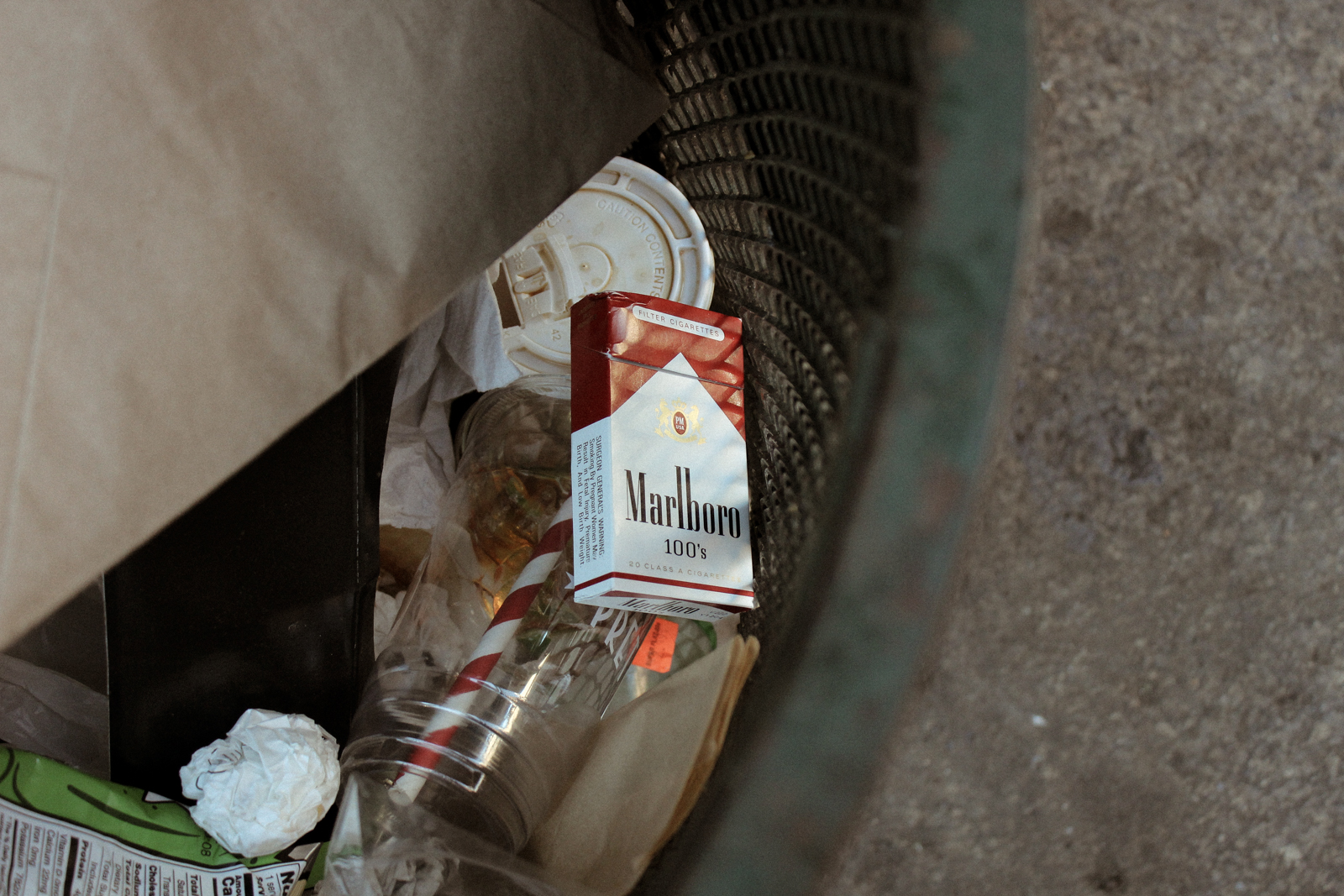
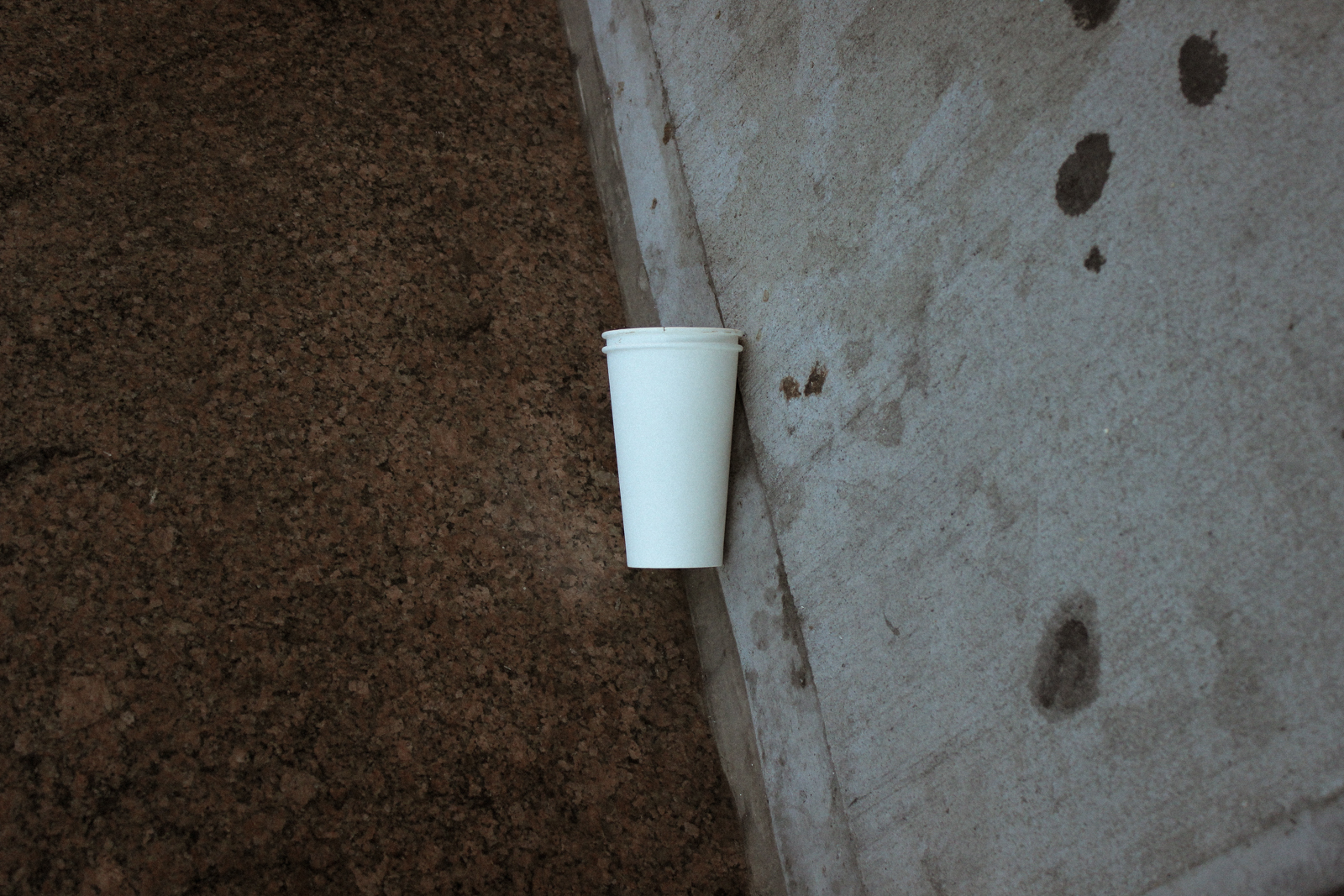
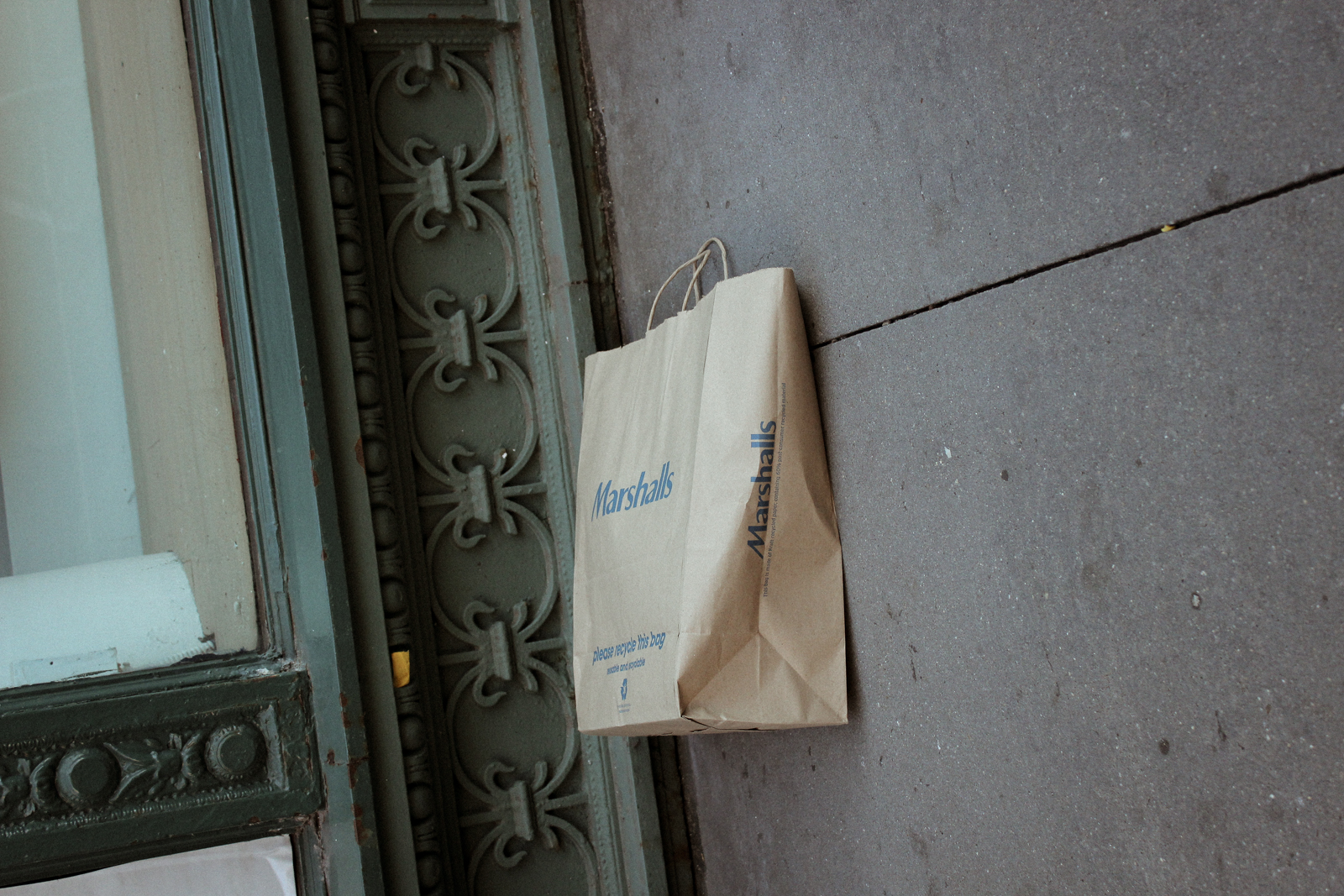
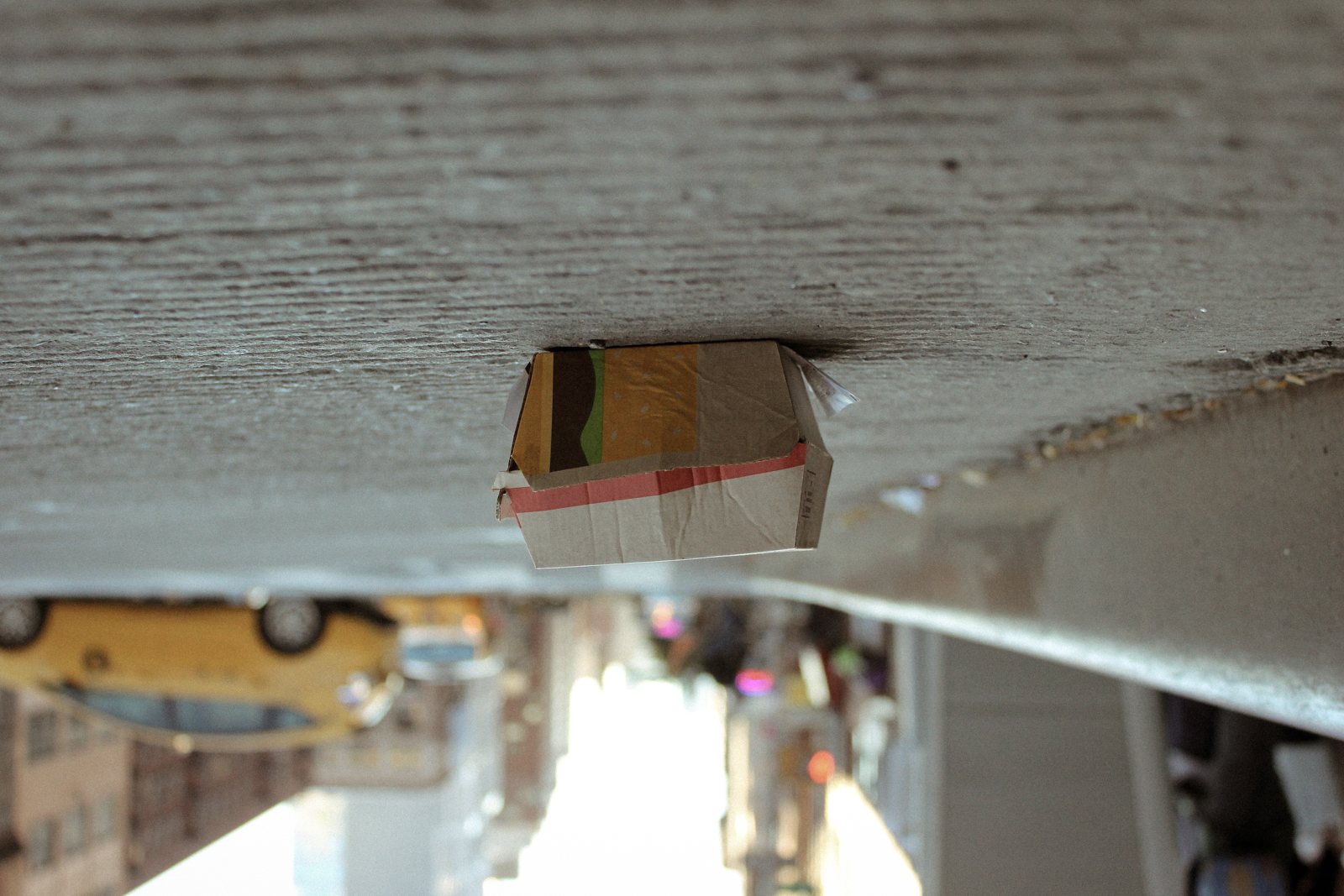
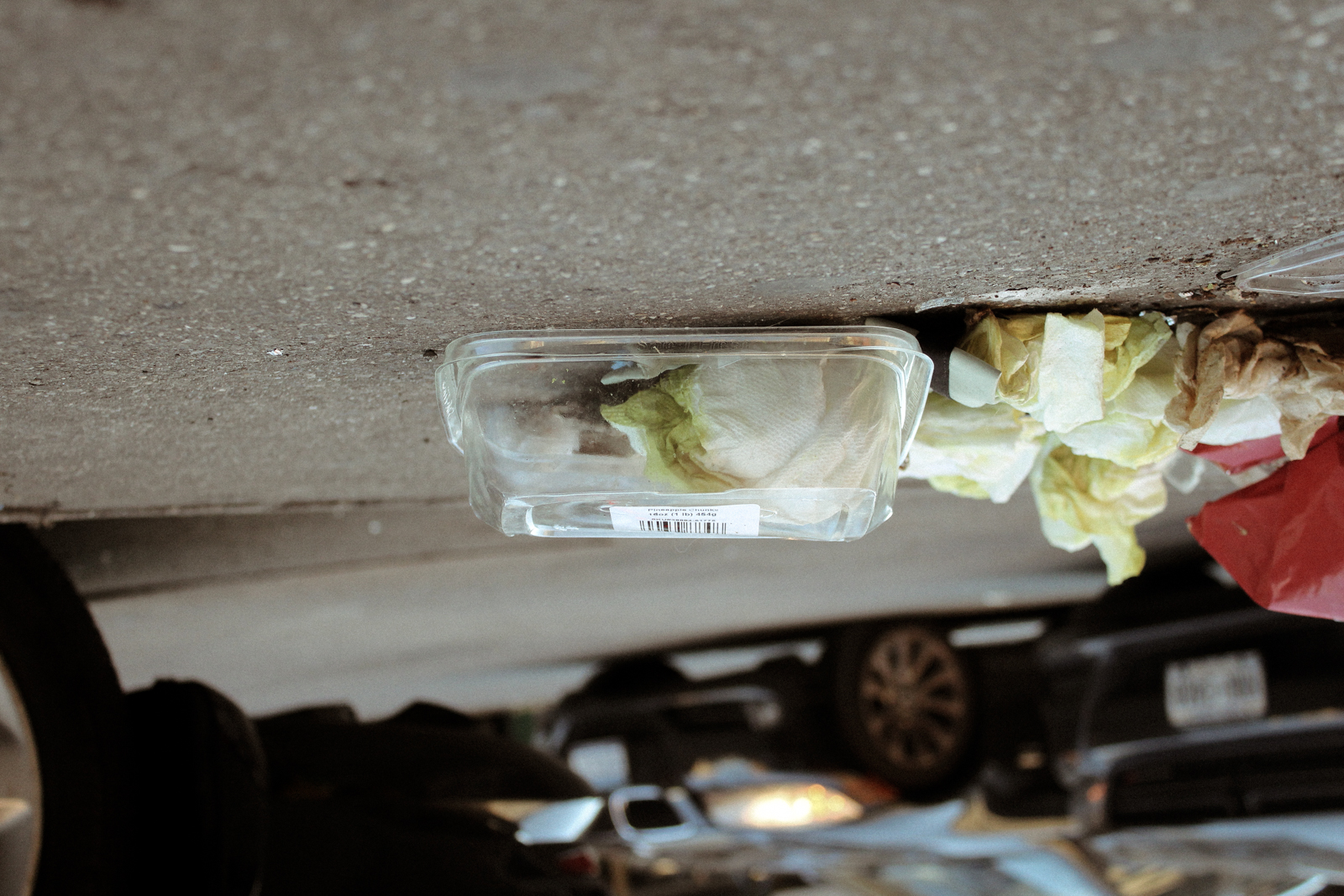
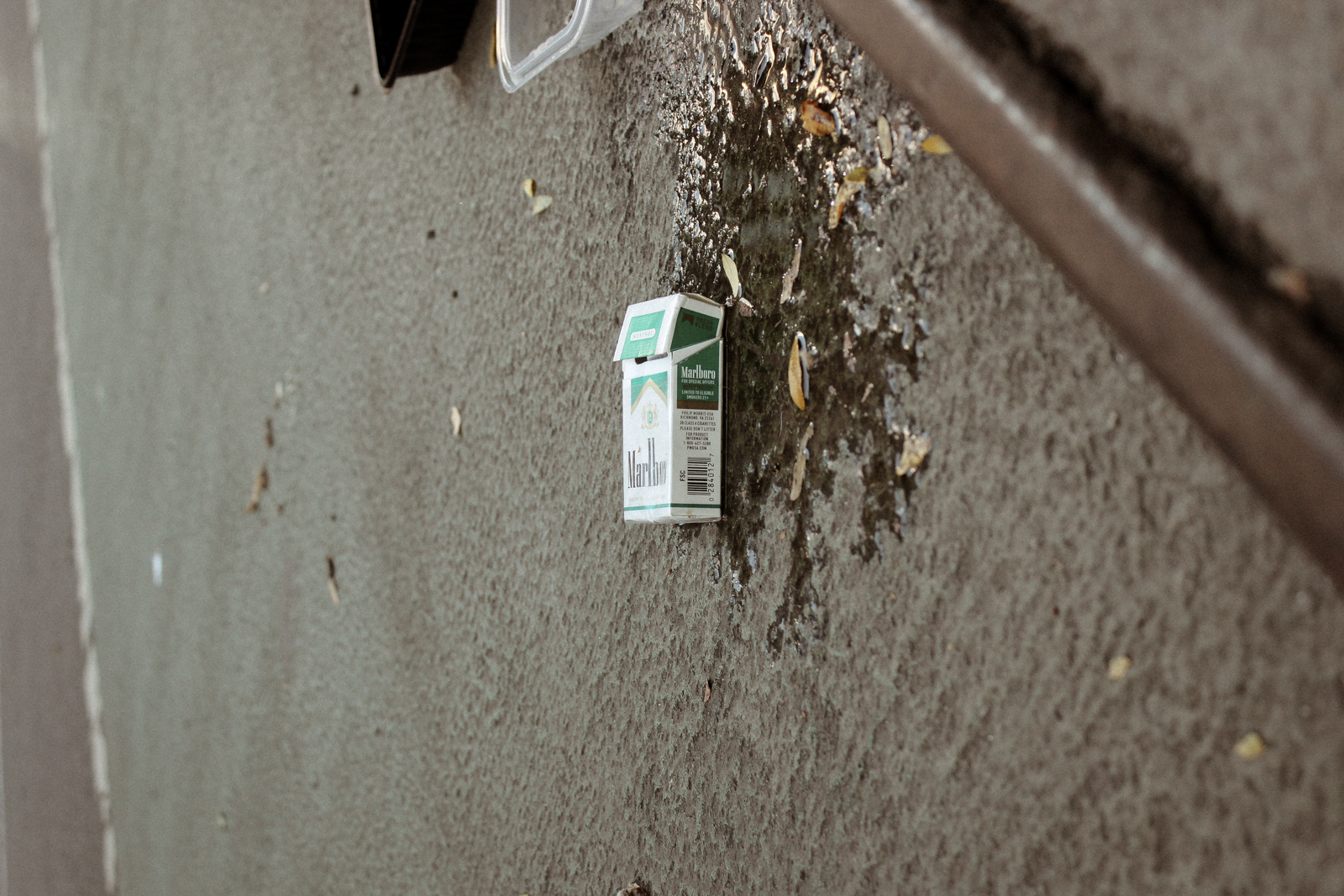
Day 4 - Last Stop Shop
Today’s prototype began by questioning what an object can tell us about what it wants? While this was a fascinating angle of approach, I found myself in the territory of end-of-life
objects after thinking through a few thought cycles. Oddly enough, I can’t trace back to how I ended up here, but I’m treating it as the enquiry for today.
The notion of receipts has been floating around in my head for a while now. Perhaps this is the side effect of the piling of receipts on my desk, but I also find them interesting as a
transactional stamp. On a receipt, a bill of sale, a proof of purchase, etc, we must clearly state four things - the owner, the buyer, the item, and the price. This serves as a final
exchange between two parties, and is proof that the exchange was consensual. All items we purchase from stores come with a receipt. For many, it signifies something akin to a birth
certificate, as you begin your life with this newly acquired item. Can we somehow mirror this practice and understand it as an end-of-life transaction as well?
This prototype explores that possibility. Landfills are very much graveyards for objects. While an item might show up at the beginning of its life with descriptive packaging, they often
end up in landfills bare, exposed, alone. Stripped of context, how can we give these items a proper sendoff? There are a few approaches I’d like to explore, but today’s prototype focuses
on one. If landfills are the graveyards for the objects we discard, then would we consider the bags we discard them in their funerary vessel? And if we’re considering a proof of purchase
as the birth certificate, then can we also consider a proof of disposal as the death certificate, or even headstone? I believe this is indeed one of those examples where beginnings can
also be the endings. An item arrives in a bag with a receipt and also leaves in a bag with a receipt.
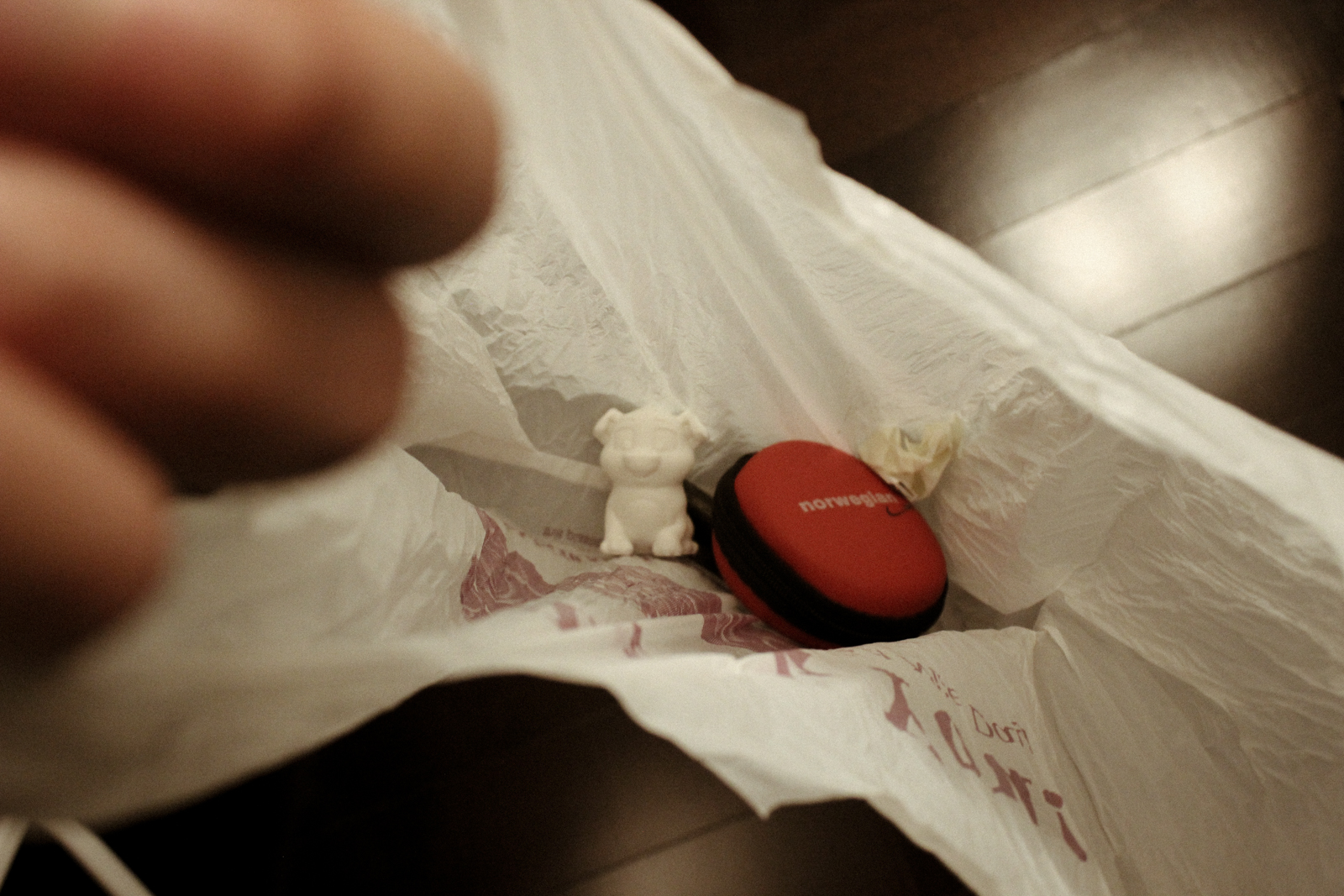
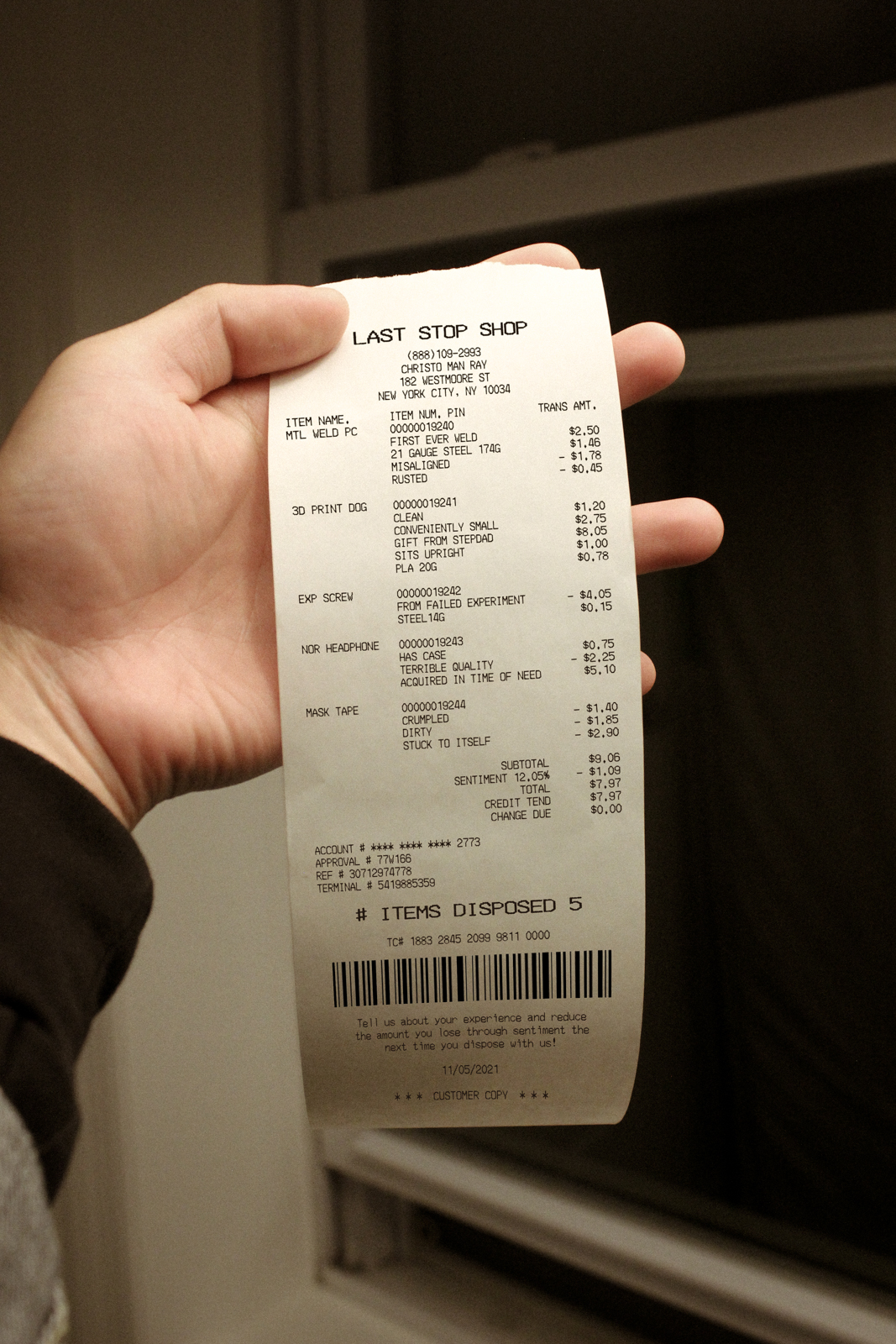
On this receipt, I considered aspects about each of the objects I’m disposing of. You’ll notice sentimental line items such as “First Ever Weld” and “Gift From Stepdad” that add to an item’s worth, but also line items that take from an item’s worth, such as “Rusted” and “Stuck to Itself.” After adding up the “bill,” we’re presented with a subtotal from which we subtract “sentiment,” a balancer that ensures we understand the consequence of our actions. In the end, the total amount shouldn’t be thought of as a currency, but as the meaningful weight of the objects in our lives. This eternal ledger, ritualistically performed each time we dispose of something, can possibly help us understand where our attachments lie. Overall, this is meant to be a somber act. An act of letting go, but never fully forgetting.
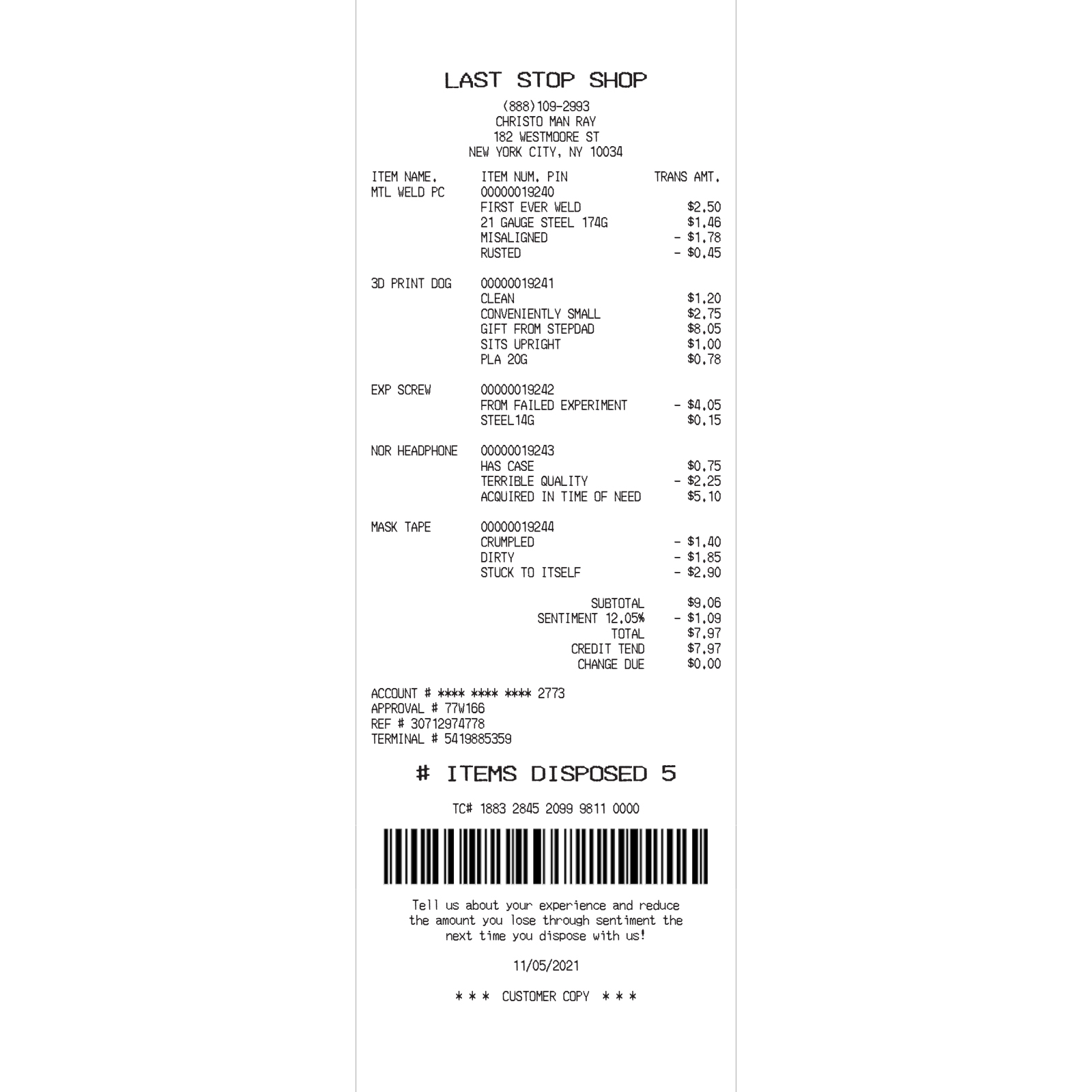
Some of the other ideas I had around this topic were more around form. There’s one idea where each discarded object is put back into a custom designed packaging, specific to its form and condition right before disposal. In a way, this represents the coffin that makes its way to the landfill graveyard. The other idea is centered around obfuscation and low resolutions as a means of mystifying an object as it moves into its spectral plane. This can be approached by either covering objects on the ground with a thin tarp, still allowing for certain features to show through, or can also be achieved by wrapping the object in a similar cloth while also maintaining a likeness to their former selves. Much of these ideas are in part derived from Christo, Man Ray, and Alice Anderson, who at one point in their careers explored means of enveloping objects. Some references are shown below.
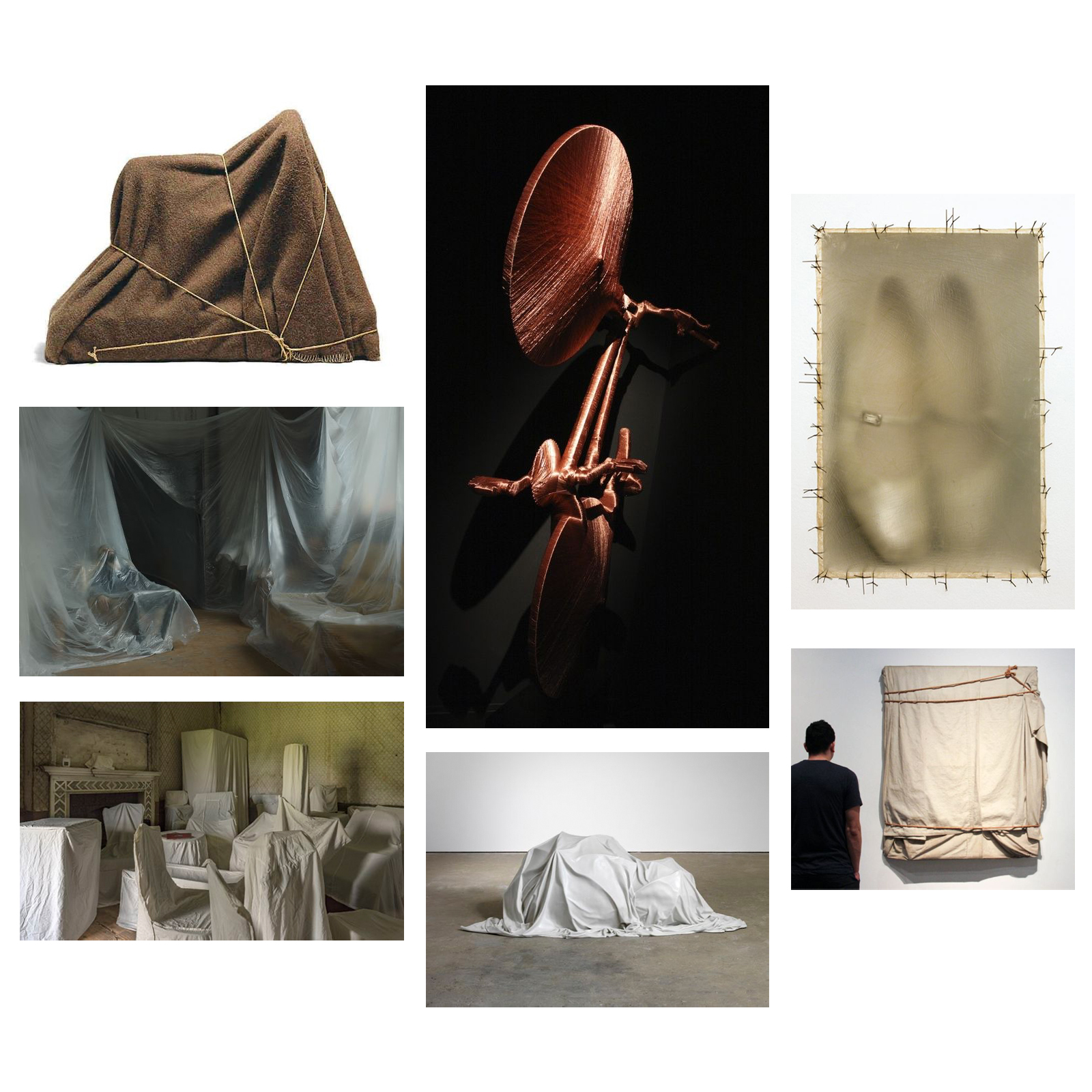
Day 5 - Last Photo Taken
I believe we are all invested, in some form or another, in mediums of final documentation. Whether these final moments were spelled out in a letter, captured on photograph, or imbued
in an object (in the case of Virginia Woolf’s walking stick), we’ve taken a fascination in the final state before something irreversibly changes. The prototype today takes a look at the
capturing of this final state, and what that means to us.
This is the first prototype of the five to exist as a premeditated thought. It felt right that this prototype was towards the latter half as it involves more physical forms of
manifestation. While initially planning for the destruction of found objects via dropping them to the ground, I settled for a more contained scope, involving objects from around the
apartment regardless of its significance.
At this moment, I can’t completely comprehend the criteria through which I should evaluate the prototype, but I do believe the exercise would’ve been more successful if I’d decided
to actually allow objects to break instead of using figural representations in lieu of it. These representations suggest what could possibly happen to these objects, but do not raise
any alarm over the possible transformation about to take place. Another possible wrinkle is the production of this prototype. I’d wanted for the backdrop of these photographs to provide
a mood for the foreground happenings, but it felt too complete and doesn’t necessarily add to the understanding of these objects.
I’m not completely discounting this prototype, but I do believe that while this initially felt like a move in the right direction, having done yesterday’s prototype makes me want to
explore that idea further.

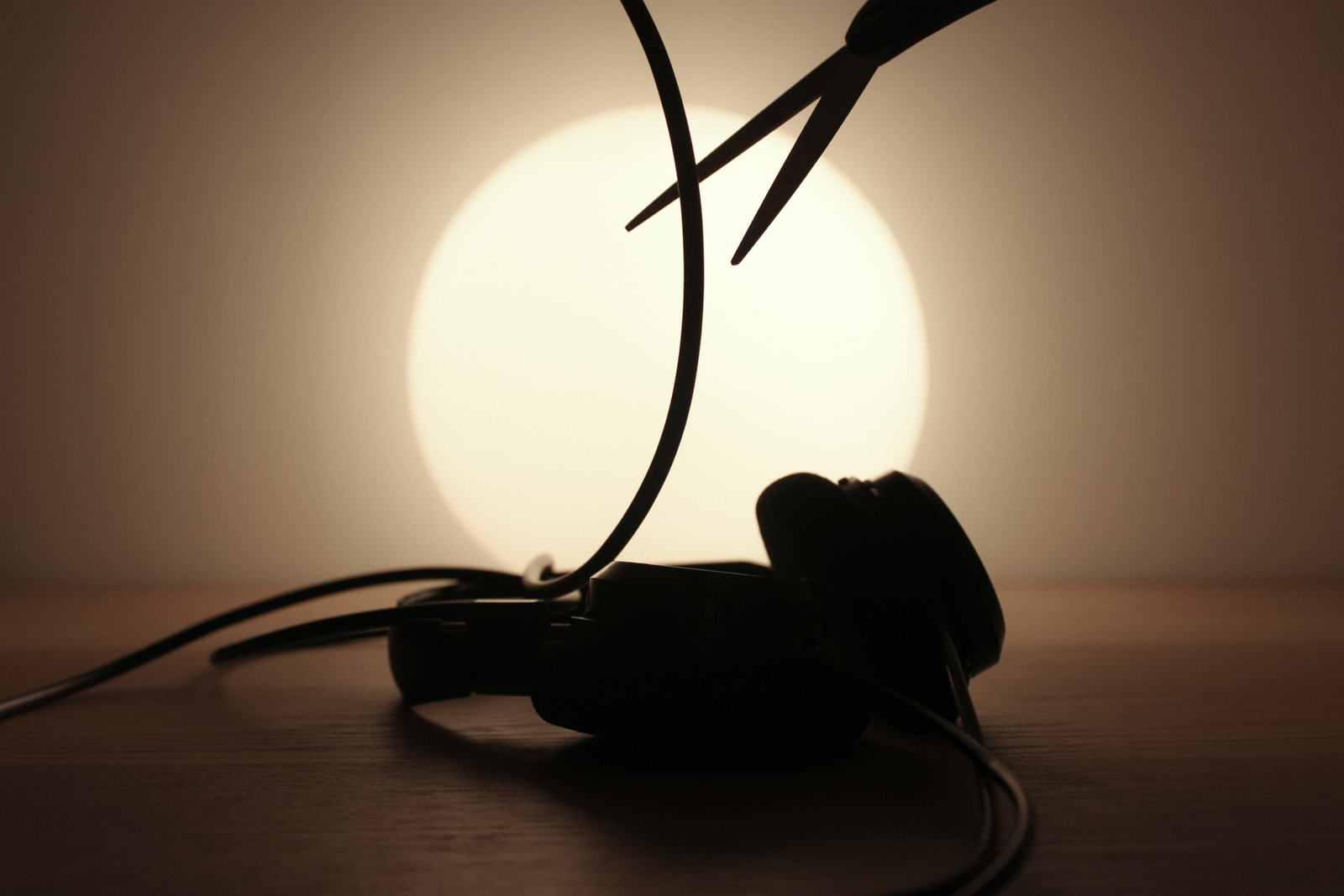
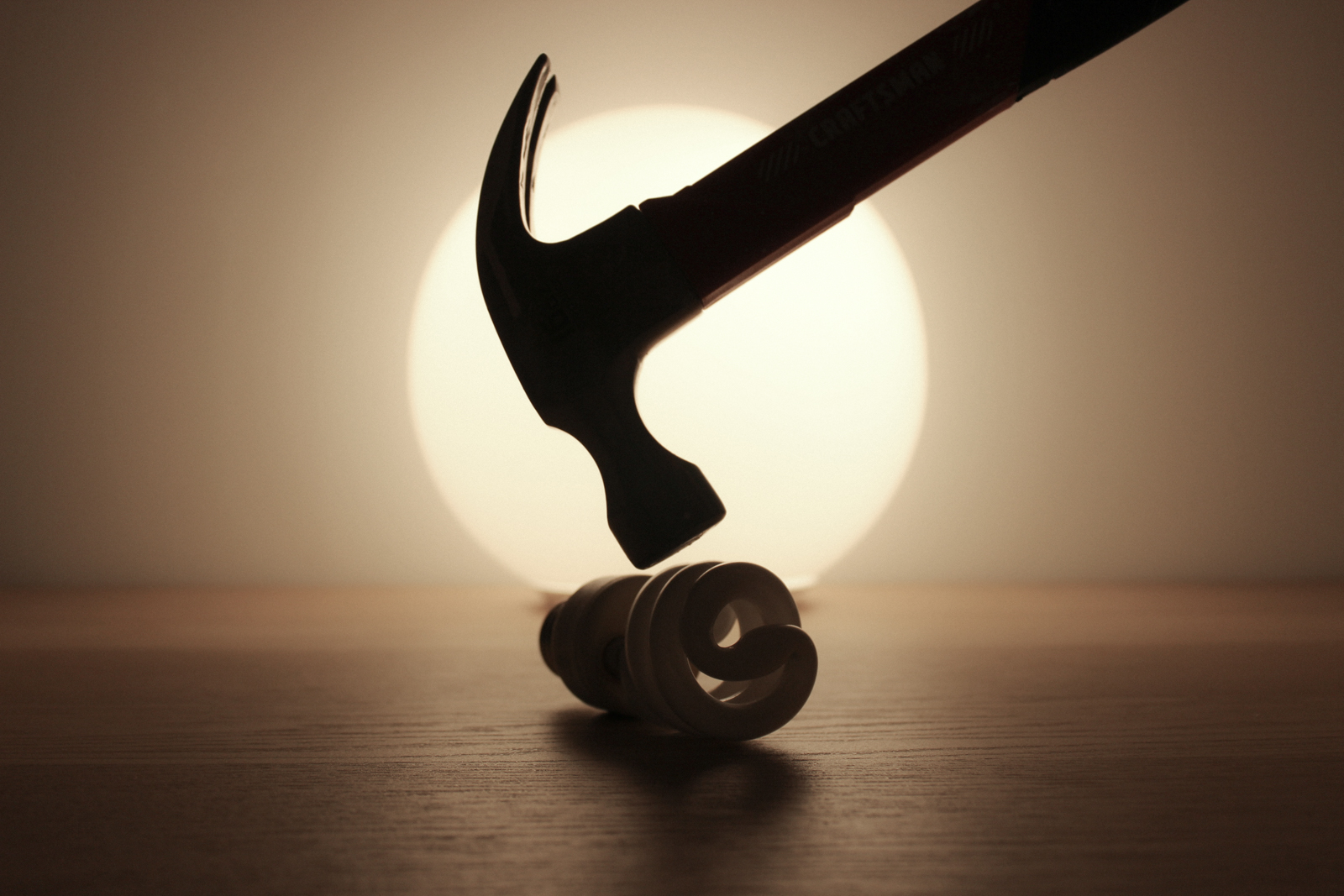

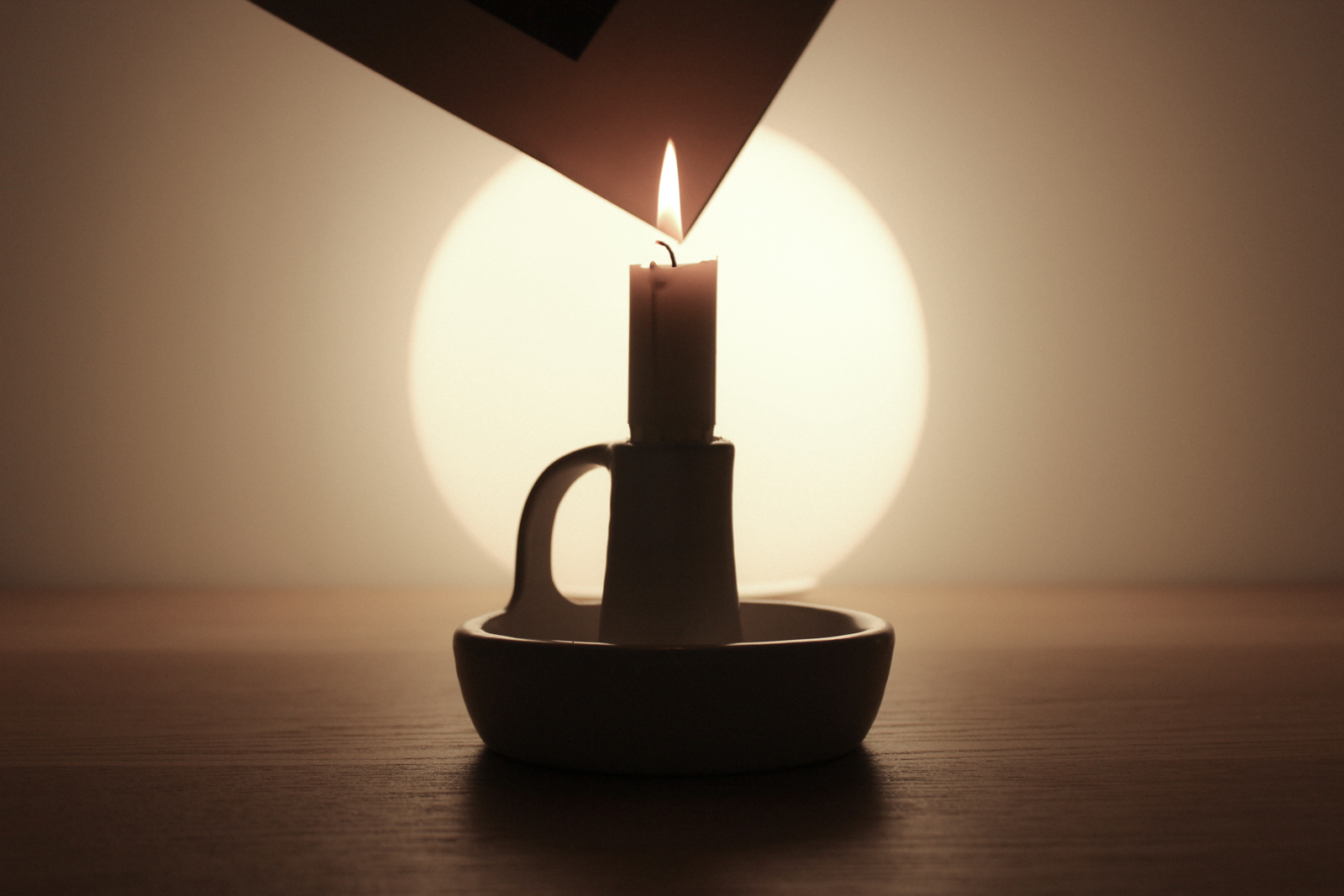
Day 6 - Are We Not Human?
Tardy prototype!!
While the week isn't over, it feels as if there's good traction with the Day 4 prototype. I'd like to explore it further, but at the same time, I'd like to round out the week by ensuring
my net is cast as far and wide as possible. Today's prototype reconsiders recontextualization. In particular, it takes a more direct look at personofication, as that seems to be a central
theme across the prototypes so far. Some thoughts from below before the prototype was started -
So how can we achieve this recontextualization? One such way is through personification. Although we aren’t aware of it, we often participate in this process on a continual basis.
If you see a mug placed on its side, you might have the inclination to reorient it so that it’s right side up. In actuality, if the mug isn’t carrying any liquid, then there’s
no real practical purpose of having it rightside up versus on its side. It’s our desire to want to see objects around us “standing up” instead of “fallen down” that drives this
impulse of ours. Similarly in the way we view broken objects, we see that in ourselves, in others, and we feel empathy for broken things.
If then personification is a way to recontextualize, what are some of the ways through which we can personify objects?
An inanimate object can be personofied in three points in time - before the object is made, during the making of the object, or retroactively. This prototype seeks to retroactively give
human qualities to objects so that we might feel something for them. If we were to address this before an object is made, perhaps one way would be to design these features into the objects
so they resemble humans in the way they look and act.
For this prototype, I used bespoke images of interiors as a basis. The reason I chose these images in particular is because of their staged placements as well as our acceptance of these images
as aspirational, leading us to believe in a "perfect space" or arangement of objects. Atop these images, I imagined a life for the objects in these staged photographs. By placing eyes around the
image, we're able to consider another possibility for these objects. They're possibly not happy to be here, and they don't seem any more intereted in their role.
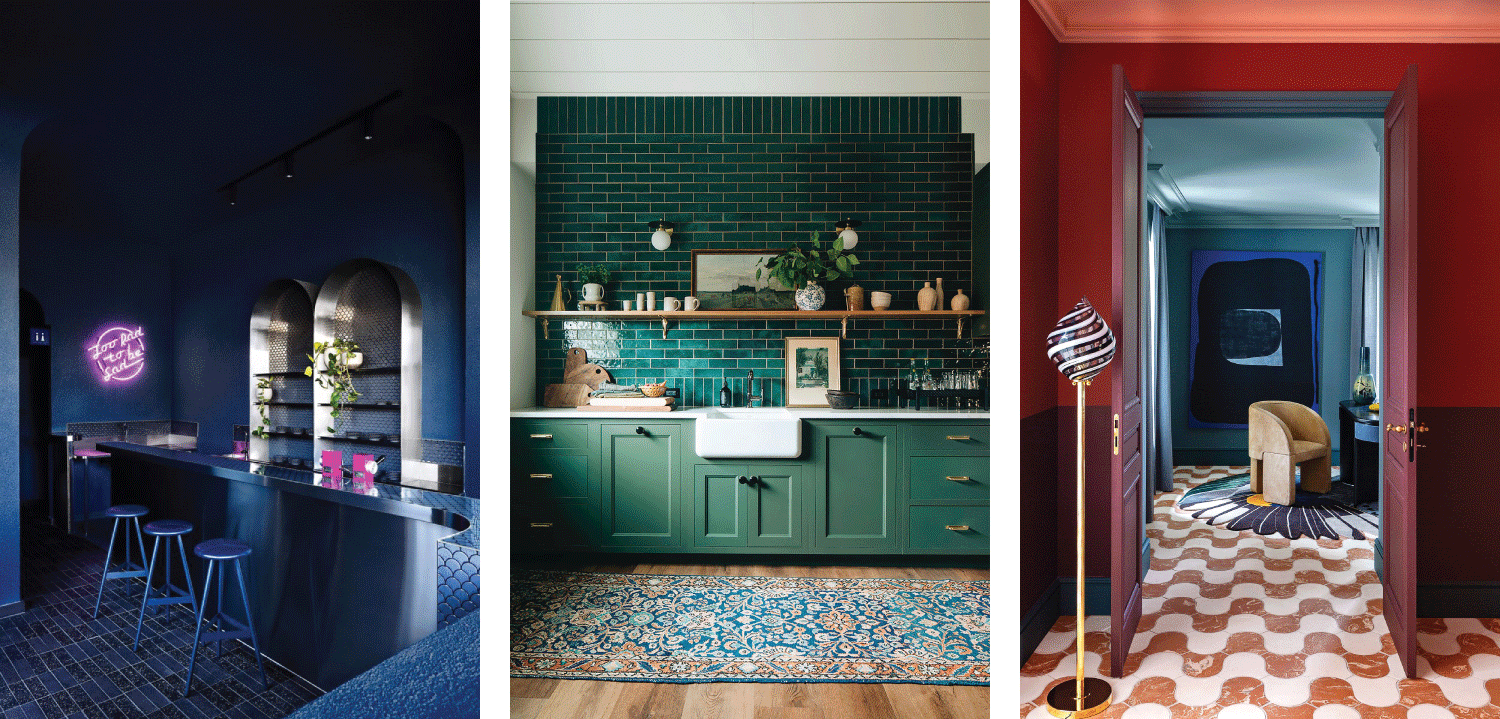
By spelling out this scene, we're able to relate to these objects in some way or form, more so than if they didn't have these anthropological features. This prototype relies on a collage to present its utility, but the potential can be even more effective when combined with augmented reality, where we're able to "peer" into the mood and feeling of each object just by directing our attention (and our phone) at it. Does a face pop up? Does a sound? Does text? Who knows. It's up to the object.
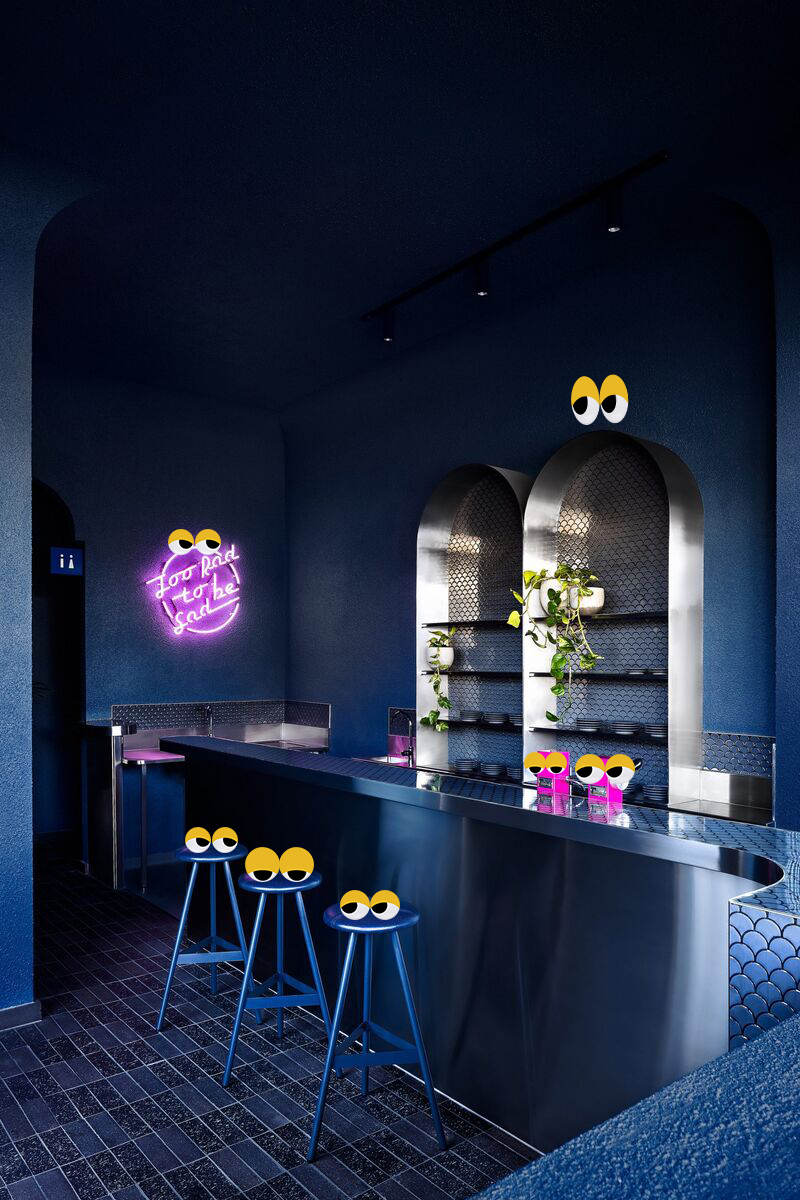
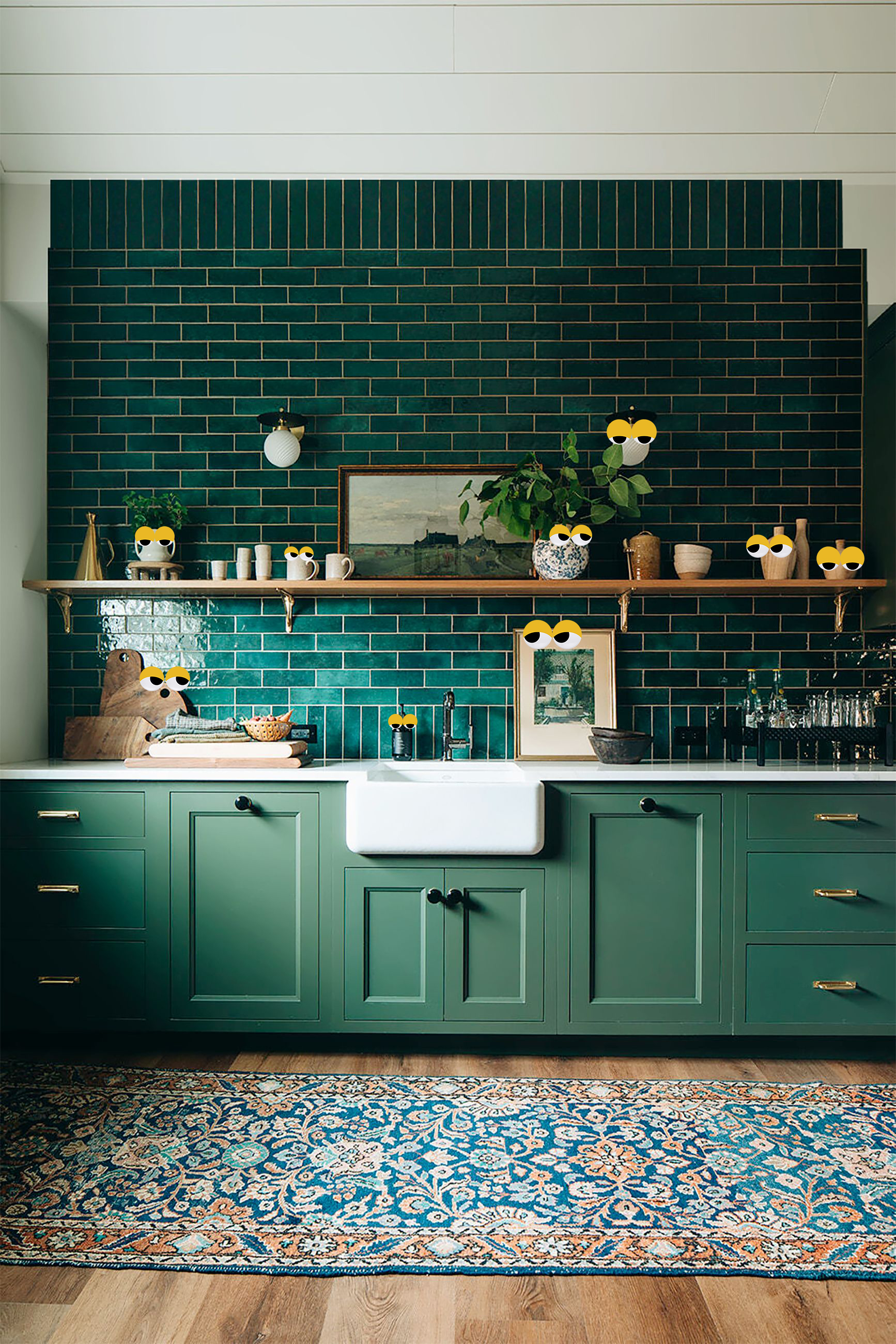
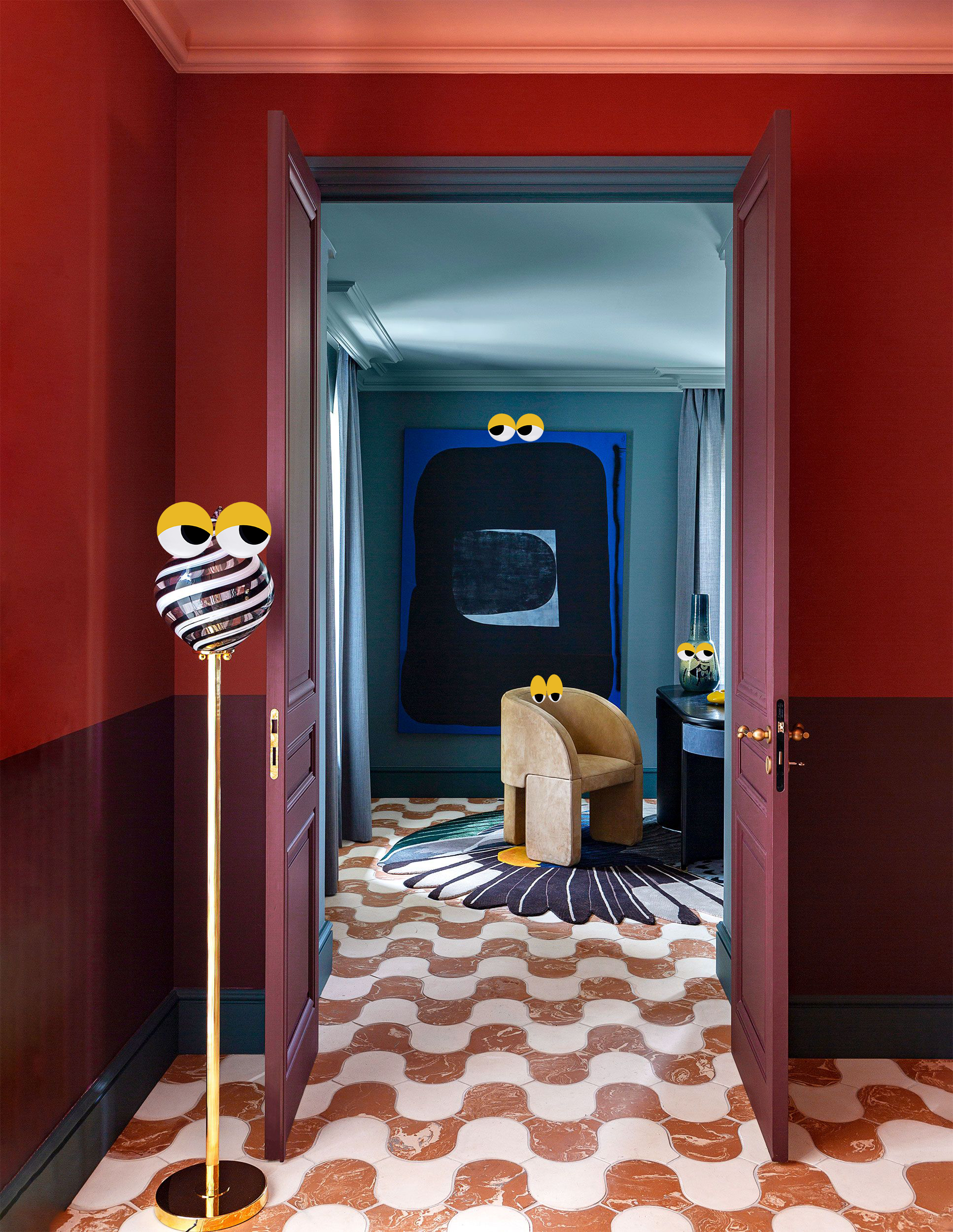
Day 7 - Never Forgotten
Crawling to the finish line, but with a smile on my face!
This last prototype began with outlining key takeaways from the previous prototypes. The overall arch started with understanding items and ended with personifying them. After these
initial prototypes, I came to the realization that we cannot ever understand objects. They simply exist, free of meaning and self worth. Any value, significance, or agency they may have
is derived from us. Although they can change the way we think about objects, none of it is intentional.
There’s much more to pursue, but we’ll be ending it on memory and ritual. When we hear these two words together, we often think of religion. The memory of an object that’s no longer
around can evoke a desire and emotion deeper than that of an object that’s still around. These objects have the ability to be shaped and shapeless at the same time, allowing us to
project our own desires onto them. Because of this, we personify these objects through memory, and we think about objects that are no longer around more so than objects that are still
around. We carry these objects in their most potent forms wherever we go, always able to recall them in full detail at any given moment.
The items below outline some of the items I’ve cast into my memory -
I remember a Lego Bionicle I had. It was the character who represented ice and was colored white as a result. Bionicles were wonderful in their ability to transform. If you had more than
one character, you could easily swap pieces. There were two things I remember specifically about this one figure. Believe it or not, in order to convince my parents to purchase this set
for me, I wholeheartedly pretended white was my favorite color for a good month or two. Second, when I finally got the Bionicle, I accidentally bent the character’s sword while playing.
I don’t recall the toy being broken, but since then, I’ve been careful with it.
There was this navy blue jacket I had. I wore it to Home Sweet Home one night and left without it. I called and emailed back the next day asking for it, and to my surprise, they didn’t
come across one. This jacket had no real meaning to me. Sure, it had gotten me through trying times, but no association between the two ever formed. While not important, I recall a stick
of chapstick being part of the ensemble - left in the right pocket. Because of this jacket’s disappearance, I’m poised to think about it for as long as I can still remember.
Something both physical and digital lost in this case - shortly after moving out here in 2017, I lost my phone. I had been here about 9 months and had a slew of photos to back that up.
The name of the phone, as recognized by the system, was Gorge Washington. Upon purchasing this phone, I moved all the photos I had from my previous one onto it. These were among the lost.
The day after I lost my phone, I went out and bought the exact same one and started it from scratch. I had no backups for my photos, just phone contacts. From that day forward, it felt as if
I was living a second life, independent of the first one and perhaps free of any burdens that past life would bring.
For each of these memories, I created a quick collage that references what I remember about the object, without actually recalling the object directly. How can certain environments and imagery trigger our memories, and can we reliably store our memories in this capacity?
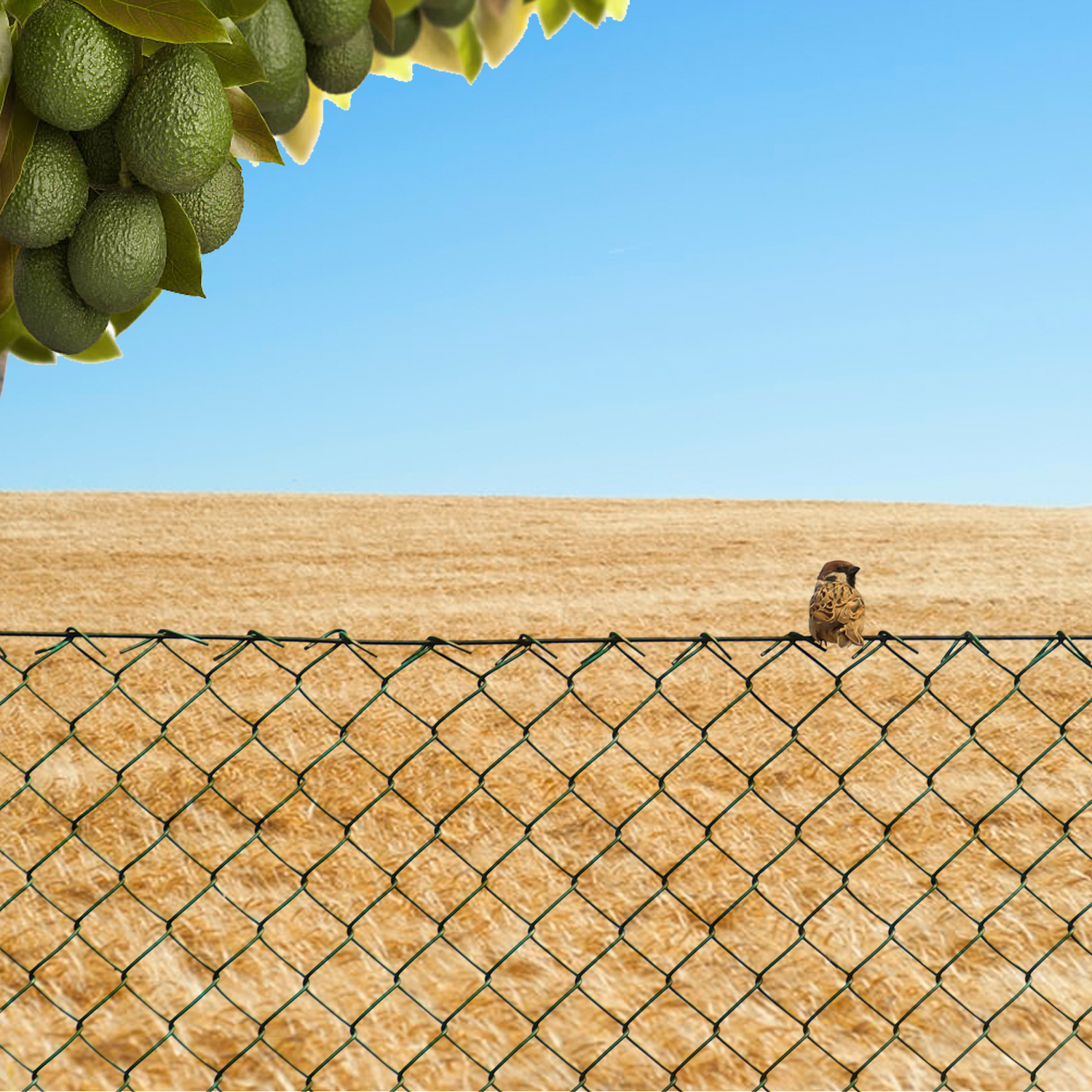
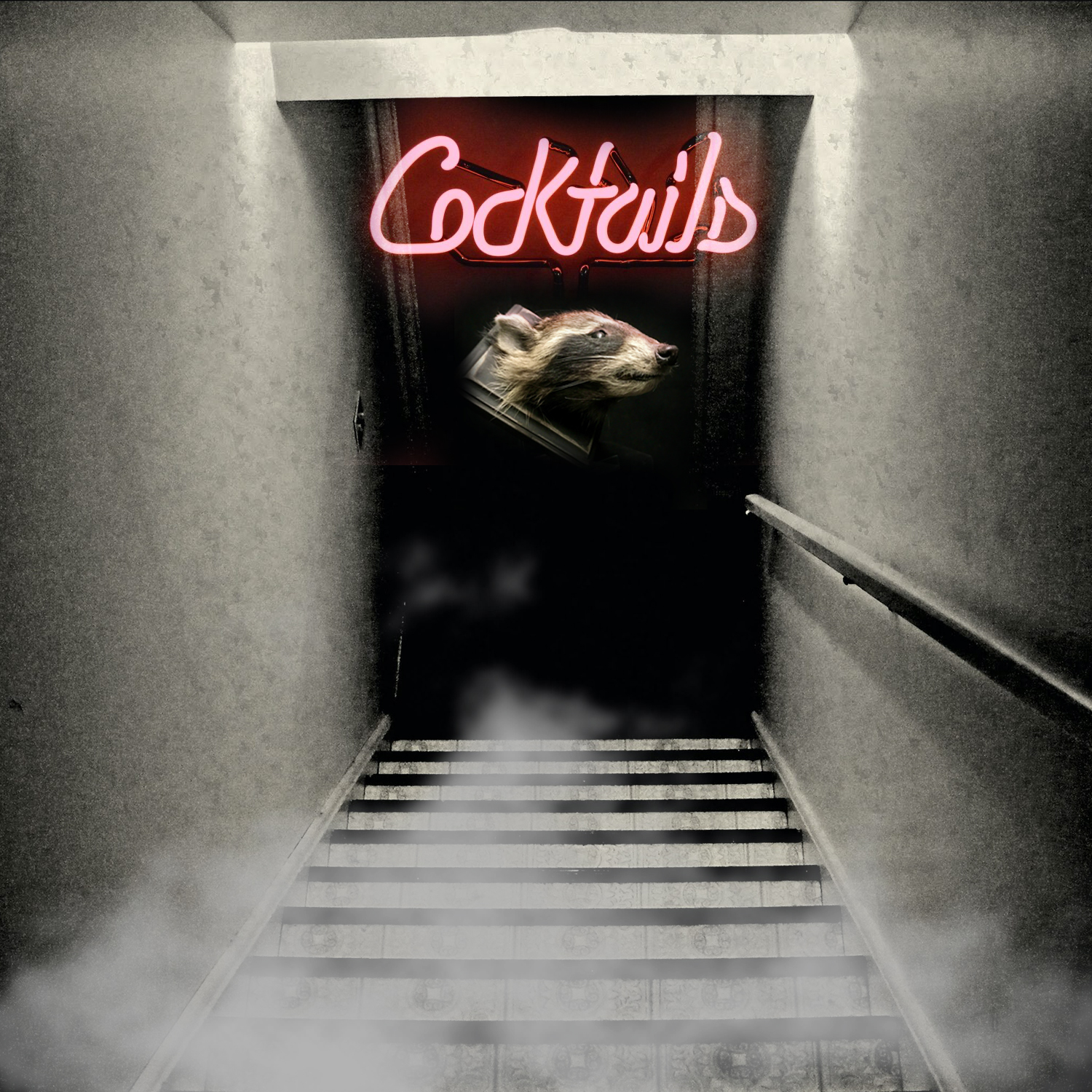
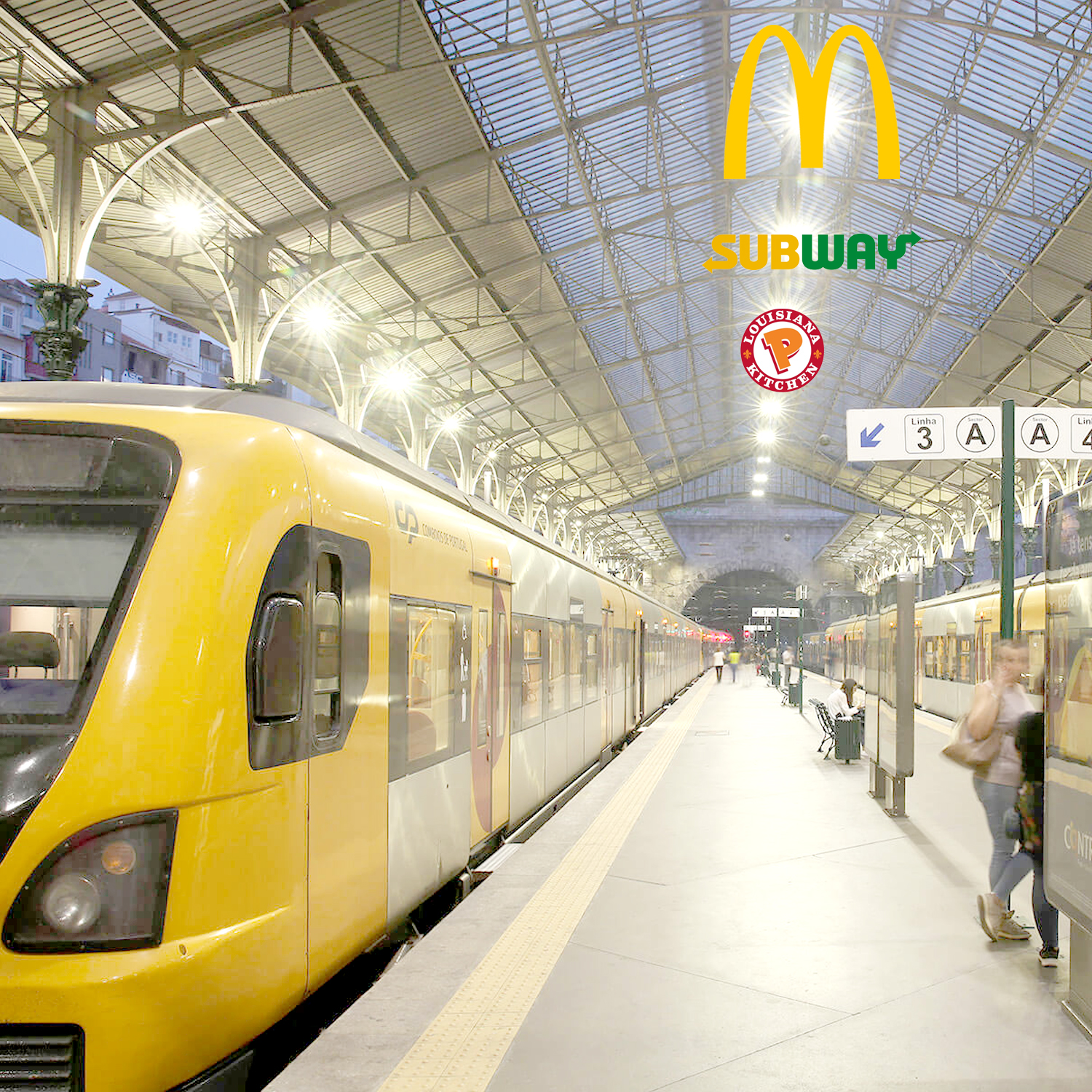
What I remember most about the Bionicle I had as a kid was the large field of grass next door. The lots on this block were narrow, but extremly deep, resulting in a driveway that goes down each lot.
This was where I would play with the Bionicle, along the chain link fence, beneath an avocado tree.
The most vivid memory I had of my jacket was the dark steps that led down to the bar, only to be confronted by neon lights, taxidermied animals, and smoke form a fog machine.
For my phone, my memory is not as reliable. My inebriated self recalls only two things that night in Coney Island - the bright lights of the station, and the many fast food restaurants closed.